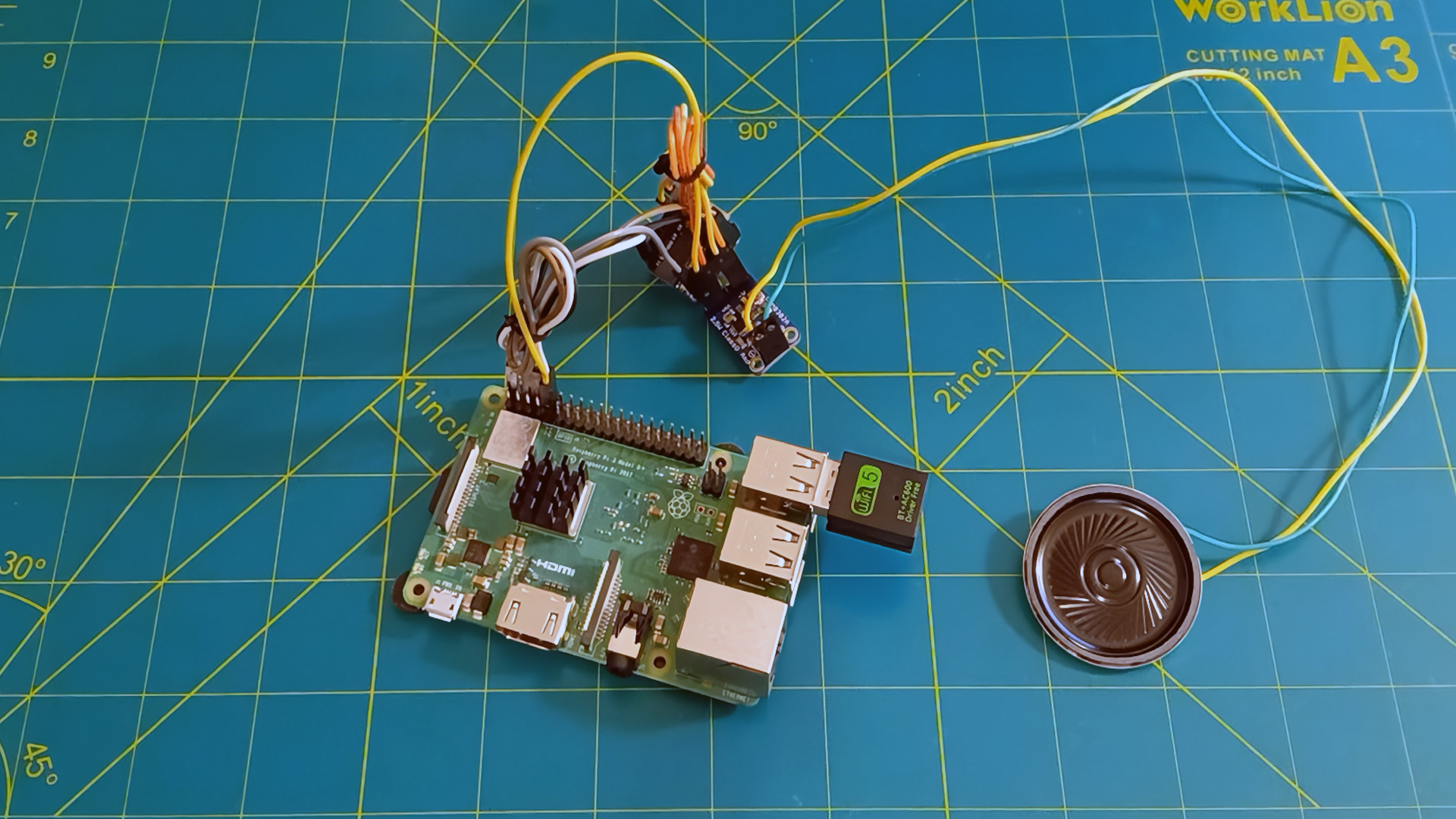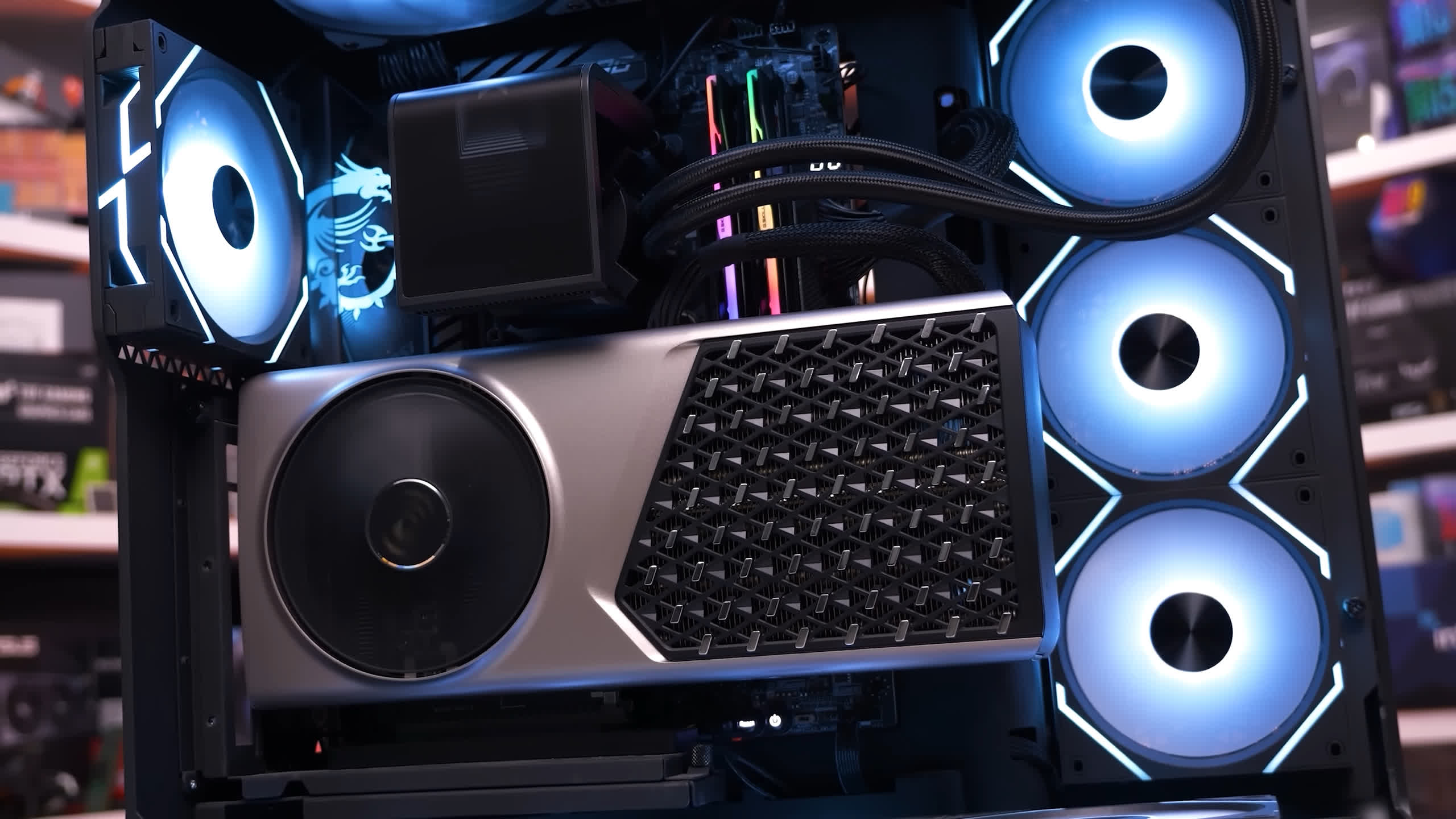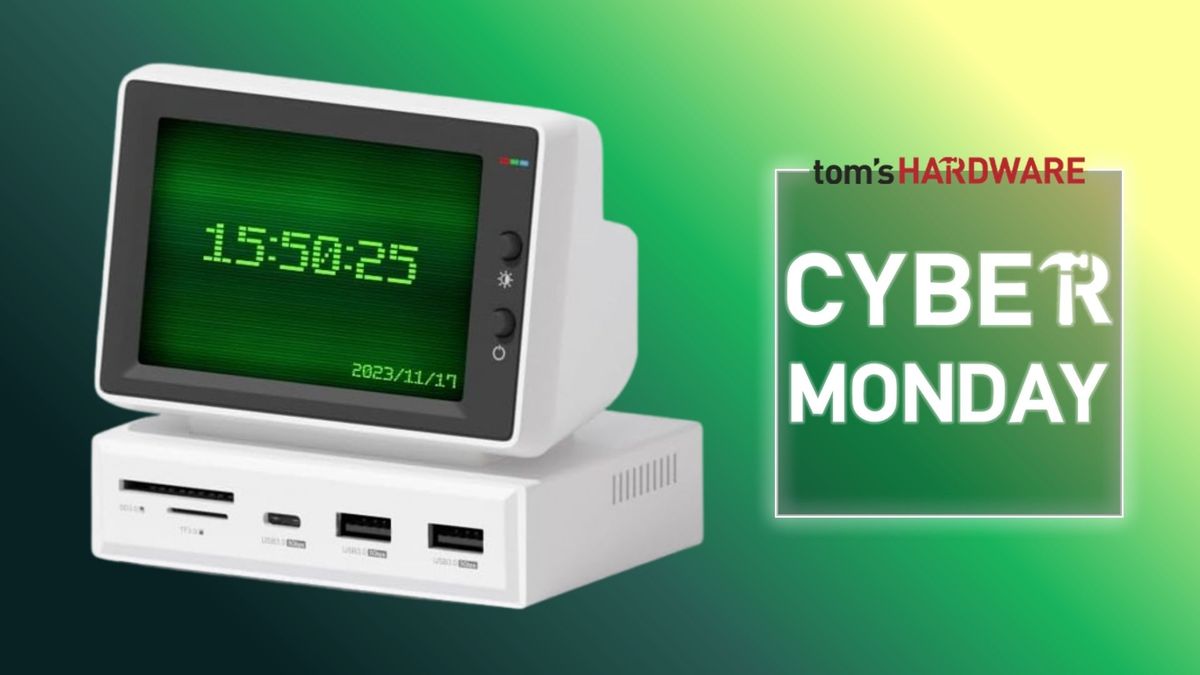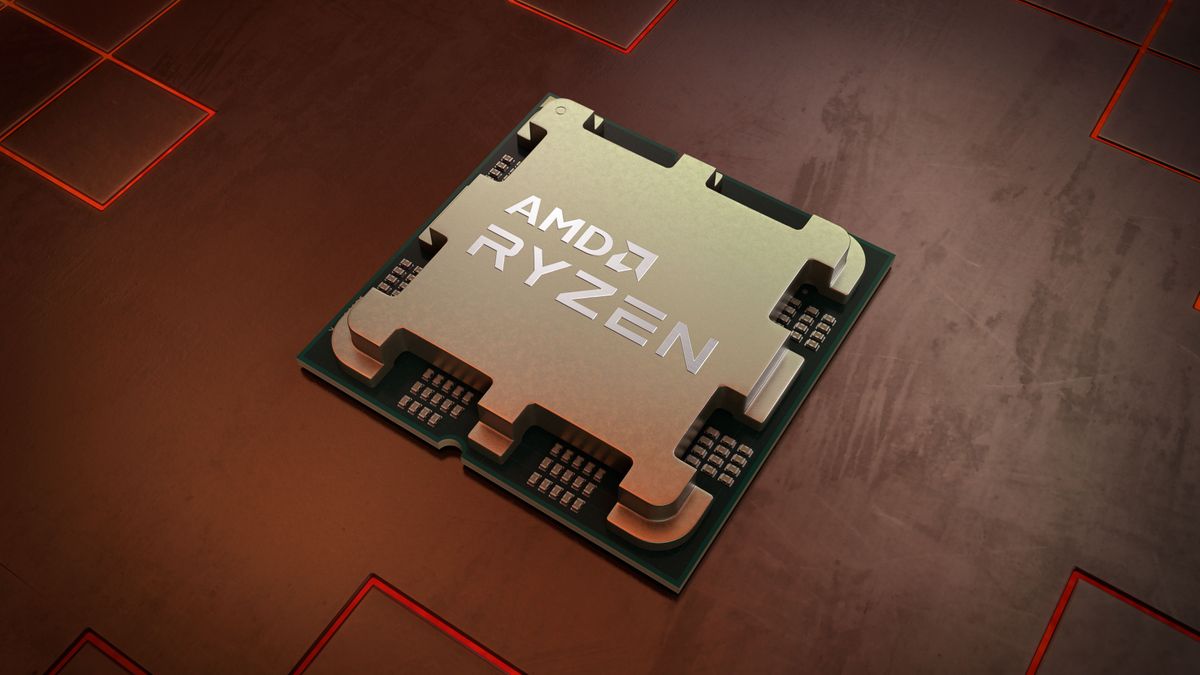The end of dial-up internet means future generations will no longer hear the iconic screech of the dial-up handshake. However, YouTube creator Nick Bild did not want this experience to be lost to history, so he used a Raspberry Pi 3 and a USB Wi-Fi adapter to gather network traffic and convert it into an analog signal that is blasted out of a small speaker. According to Bild’s Hackaday project, he had to add random amplitude and frequency adjustments to make the output sound more interesting, but all the data is sourced from the Wi-Fi network.
Back before the days of DSL and fiber-optic internet, all our data had to travel over phone lines. Since these weren’t designed for digital signals, internet companies had to use modems to convert them into analog signals (i.e., sound) that could be transmitted over the already existing telephone network. The nostalgic screeching sound many born in the ‘90s and earlier hear when connecting to the internet is just the handshake signal between two computers negotiating which protocol they’ll use to communicate. Once the connection has been established, the screeching just turns to static, which is what actual data sounds like.
Making Wi-Fi Sound Like Dial-Up Internet - YouTube

This was a relatively easy build for Bild, who used a Raspberry Pi 3 with a secondary USB Wi-Fi adapter to collect network traffic from a target computer. These are then sent to an Adafruit QT Py microcontroller, which converts the data to a specific amplitude and outputs an analog signal via an onboard DAC. The output is then fed into a small amplifier so that the tiny 2-watt speaker can play it. Nick says that since the signal is random, you’re bound to hear nothing but static. Although he added random variations to the output to mimic the old sound a bit more, it’s still based on the actual data being transmitted and received by the target computer.
The sound this contraption makes isn’t the same as what we hear from the old modem. After all, dial-up internet made that sound so users could listen to whether the connection was working as expected. Advancements in networking technology meant we no longer needed to do that (and it would probably be annoying to hear that sound from all the devices connected to the internet around us). Still, it would be nice to hear this nostalgic sound, or something similar, to remind us how slow the internet used to be.

Follow Tom's Hardware on Google News, or add us as a preferred source, to get our latest news, analysis, & reviews in your feeds.

 1 month ago
46
1 month ago
46









 English (US) ·
English (US) ·